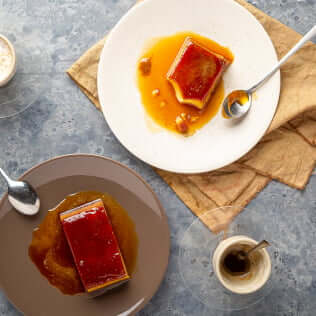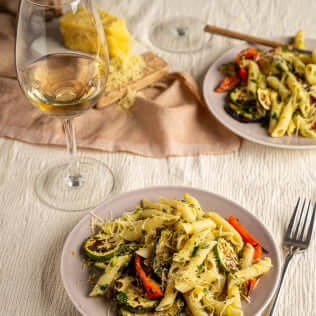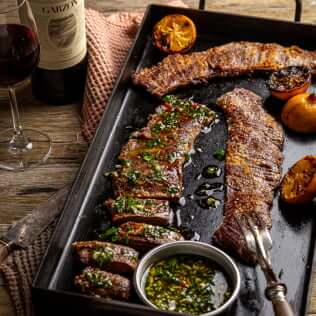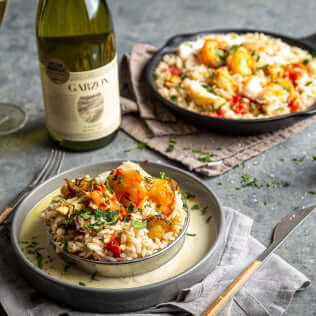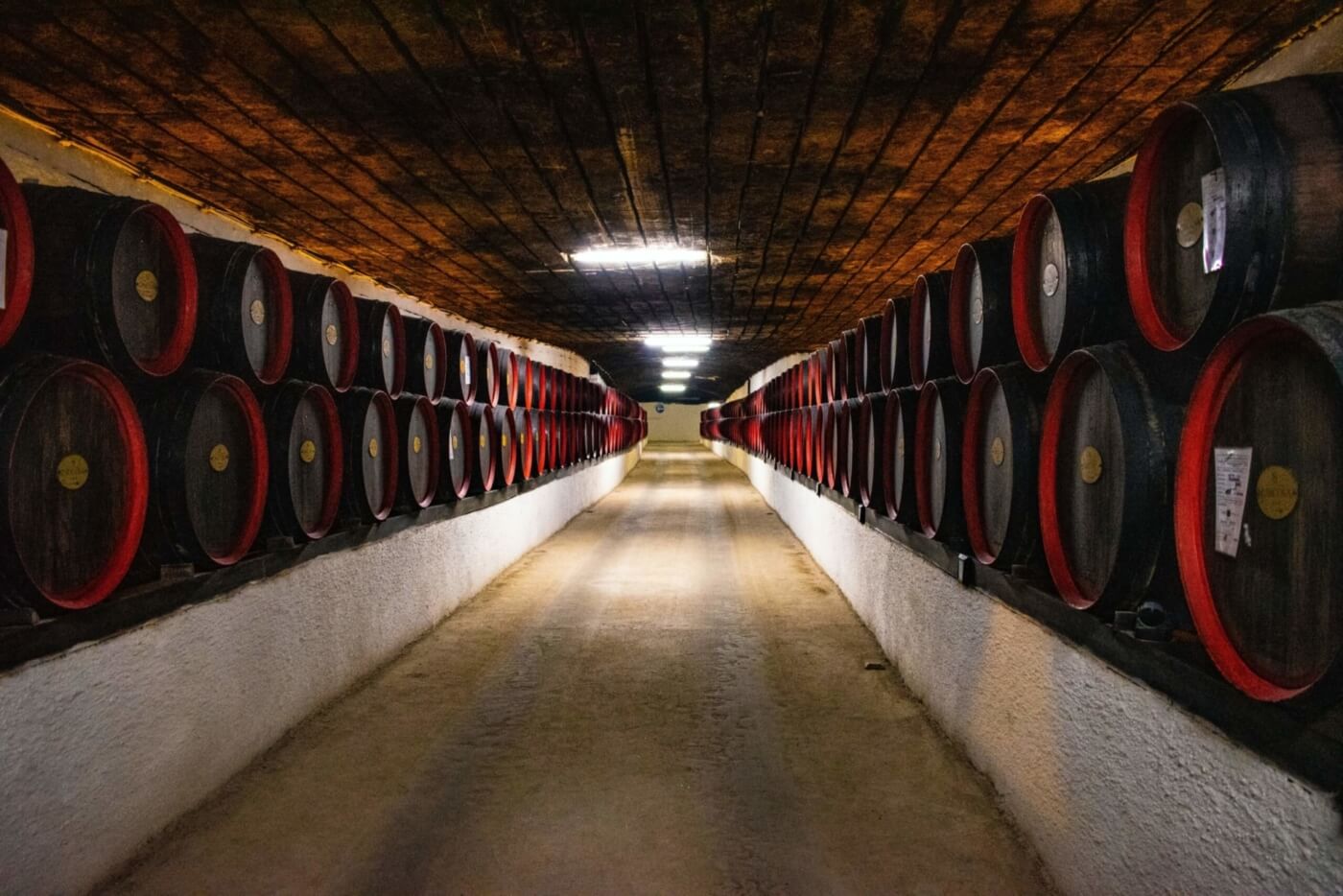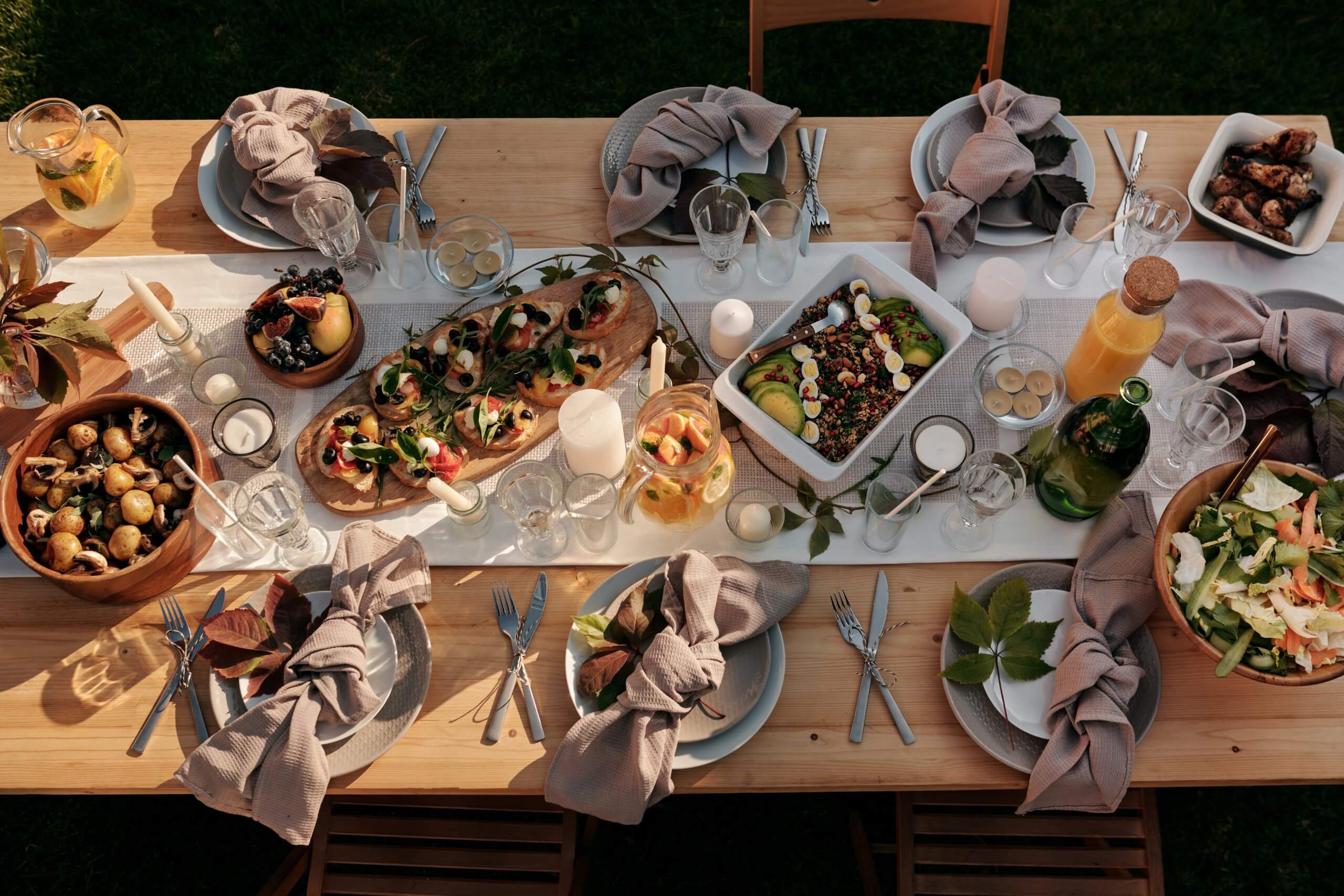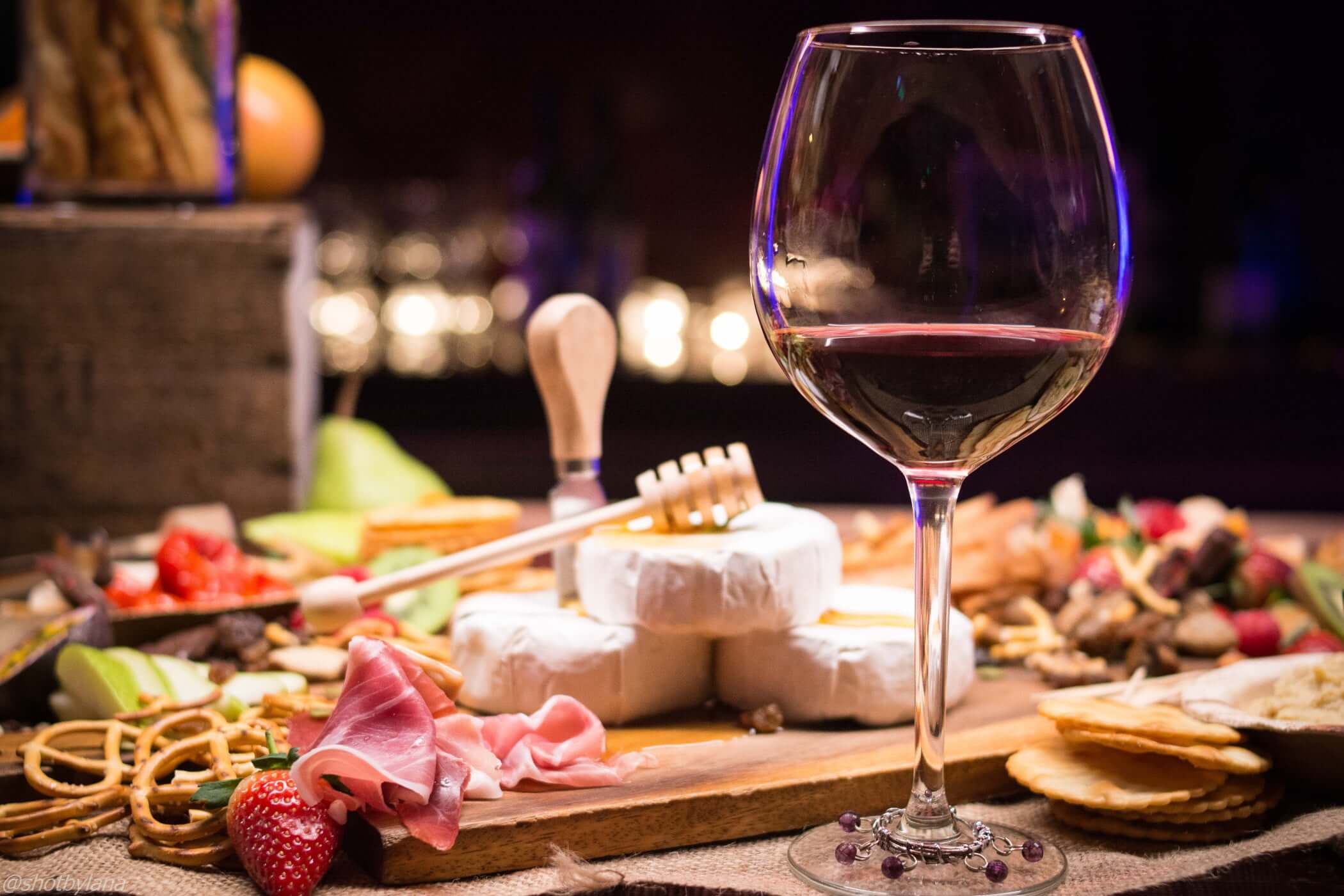Wine and food are meant for each other; they’re two sides of the same coin. Wine makes food taste better, and we can say the same about food and the right wine.
To pair wine and food have a lot to do with experimentation; at the end of the day, we all like different things. Some people top their fries with mayo, and others drizzle them with vinegar, do you see where we’re going?
Having said that, there are proven ways of how to pair wine and food to make them more enjoyable for most people.
Here are a few professional strategies and techniques to take your food and wine pairing game to the next level. Try them at home and let us know what you think!
As with everything else, practice makes perfect, so you’ll soon be as knowledgeable about the topic as Sommeliers in restaurants who pair wine bottles with dishes every day.
To Pair Wine and Food by Weight

When talking about food or wine, we say they have a specific ‘weight.’ We’re not talking ounces or grams, but mouthfeel, complexity, and unctuousness.
We can all agree that a salad with a light vinaigrette is lighter than a burger. Salmon is lighter than a rib eye, and Feta cheese is lighter than an aged Cheddar cheese.
The way we cook things changes their weight too.
Picture simple white fish filet. If steamed and served with white rice, it will be a lighter dish than if pan-fried with garlic and served with grilled vegetables.
Steamed, boiled, and simmered food is lighter than grilled, pan-fried, and roasted food.
And then we have the sauces. The same grilled chicken breast can be lighter is served with a bechamel cream sauce than with a thick gravy.
Wine comes in different apparent weights too. For whites, grape varieties like Pinot Grigio and Sauvignon Blanc are lighter than a full-bodied, oaky Chardonnay.
Light red wines include the elegant Pinot Noir, while heavy wines with a coating mouthfeel are often made with Cabernet Sauvignon, Tempranillo, or Tannat.
Tip No.1 Pair light-bodied foods with light wines. Consider the cooking method, sauces, side dishes, and the overall weight of the dish. Pair heavy foods with hearty wines.
WHAT IF we match a light-bodied dish with a sturdy, heavy wine? The wine will overpower the food, and the same applies to fatty foods and subtle wines. Remember, we’re looking for balance.
To Pair Wine and Food by Contrast

Rules are meant to be broken, right? Of course, we can pair foods and wines with similar apparent weight, but we can do just the opposite. It’s a risky proposition, but if successful, it’s a real treat. We need to take risks sometimes when it comes to pair wine and food.
The secret here is considering an essential element in all wine — acid.
Picture this. A whole-fried fish is rich and greasy, but what happens when you drizzle it with lime juice? It makes the fish stand out.
Ketchup is tangy and does the same thing to a burger patty, acid counters the beef's richness. What other examples can you find?
How about fries and vinegar, a popular combo in the UK, or Worcestershire sauce over your steak?
Tangy dressings, citrus fruit, and vinegar can lift rich, fatty foods beautifully.
With that picture in mind, we can now see how acidic wines can pair nicely rich foods too. A citrusy Sauvignon Blanc can match the unctuousness of butter-seared scallops, and a tangy Pinot Noir can do the same for a fatty salmon filet.
Tip No.2 Use acidity in wine to create an excellent pairing with fatty food.
And there’s more, the most acidic wines in the world are sparkling wines. That’s why Champagne pairs well with everything.
To Pair Wine and Food by Affinity

It’s not all about textures, weight, acids, and fat. Wine and food are also about their flavors.
For sommeliers, here’s where studying all those books pays off. Knowing how each and every wine tastes like is a significant advantage for pairing wine and food.
Let’s take Cabernet Sauvignon as an example. Wines made with the grape are not only big and bold; they often share aromas of bay leaf and thyme. Knowing this, you can easily pair a glass of Cabernet with a beef stew flavored with the same aromatic herbs.
Syrah, another popular red grape, is known for its black pepper aromas. A steak au poivre, topped with a peppery sauce, is its natural match.
This works for white wine too. Chardonnay tends to have buttery aromas making it the perfect wine for butter-seared Lobster or prawns.
Sauvignon Blanc often brings to the table intense aromas of guavas, grapefruits, and lychee. There’s no better wine to pair with a fruit salad.
Tip No.3 Find similar flavors and aromas in food and wine. Mix and match to create lovely pairings.
To Pair Wine and Food by Occasion

You don't have to pair wine and food only for dinner; they’re part of something else, a romantic date night, a get-together with friends or family, or perhaps a fancy black-tie dinner show.
To pair wine with food has lots to do with the situation.
If your beer-drinking friends are coming over for dinner, don’t pull out a Burgundy Grand Cru Chardonnay, even if it goes great with your Roast Turkey. Serve then an uncomplicated wine instead, or even better, beer.
If you’re celebrating your anniversary, find yourself a fancy bottle even if you're just ordering pizza.
Tip No.4 Consider your guests and the occasion before choosing your wine. Pairing wine with people is often more important than the food.

For wine and food pairing, there are no right or wrong answers, try different wines with your favorite foods, and find the pairings that work for you.
There’s also a lot to learn from failed attempts, so don’t be afraid of experimenting with out-of-the-box pairings. Perhaps you’ll create a new classic pairing. Unusual combinations that are all the craze right now include Champagne with popcorn and Shiraz with Snickers, we’re sure you could have devised those!
















 3
3



